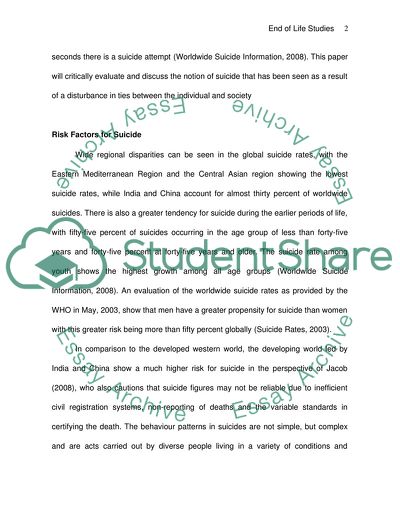Cite this document
(End of life studies(nursing subject) Case Study, n.d.)
End of life studies(nursing subject) Case Study. https://studentshare.org/social-science/1715755-end-of-life-studiesnursing-subject
End of life studies(nursing subject) Case Study. https://studentshare.org/social-science/1715755-end-of-life-studiesnursing-subject
(End of Life studies(nursing Subject) Case Study)
End of Life studies(nursing Subject) Case Study. https://studentshare.org/social-science/1715755-end-of-life-studiesnursing-subject.
End of Life studies(nursing Subject) Case Study. https://studentshare.org/social-science/1715755-end-of-life-studiesnursing-subject.
“End of Life studies(nursing Subject) Case Study”. https://studentshare.org/social-science/1715755-end-of-life-studiesnursing-subject.


